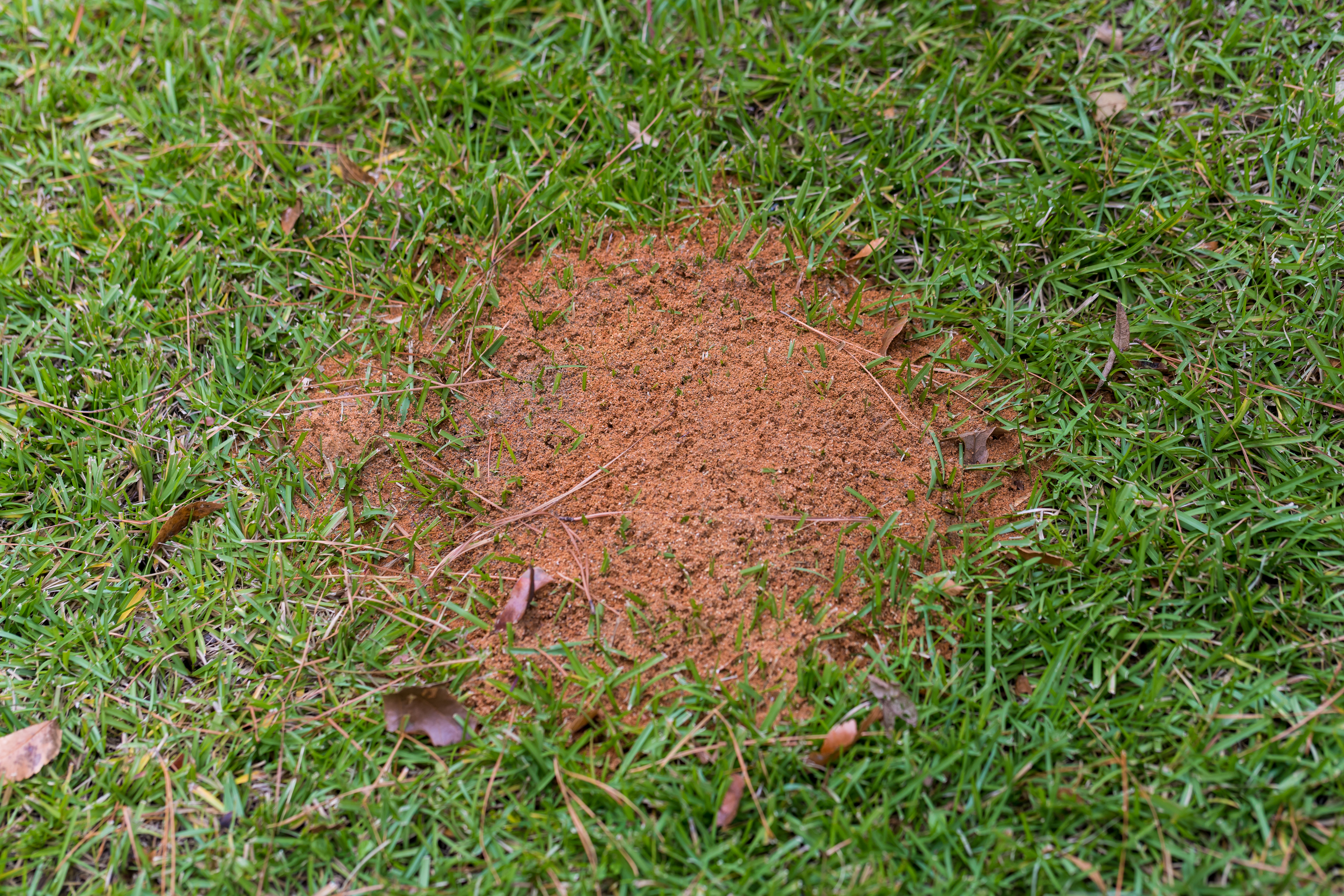Did You Know? Amazing Facts About Texas Summer Pests That Will Surprise You
Why Understanding Texas Summer Pest Behavior Matters for Homeowners
Summer in Texas brings more than just scorching heat – it unleashes a fascinating world of insects with remarkable survival strategies. At Home Run Pest & Termite Control, we’ve spent years studying these creatures, and we’re constantly amazed by their incredible abilities. From fire ants that survive floods by forming living rafts to termites that can silently destroy wooden structures, understanding these pests is essential for protecting your home.
Our certified pest control experts have encountered every type of summer pest throughout Texas communities. We believe knowledge is power – the more you understand about these creatures, the better equipped you’ll be to prevent infestations and appreciate nature’s complex balance in your backyard.

Fire Ants: Nature’s Tiny Engineers
Fire ants aren’t just aggressive invaders – they’re actually beneficial predators that consume many troublesome insects. These remarkable creatures feed on flea larvae, chinch bugs, cockroach eggs, chiggers, and ticks in urban areas, acting as natural pest controllers in your yard.
Red imported fire ants were accidentally introduced into the U.S. in the 1930s through the port of Mobile, Alabama, likely in soil used for ships’ ballasts. Since then, they’ve been steadily spreading westward across Texas. Their colonies can contain millions of ants, all moving at lightning speed when their mound is disturbed.
The most amazing fact about fire ants? During Texas floods, they link their bodies together to form living rafts, allowing entire colonies to survive for weeks floating on floodwaters. This same engineering prowess helps them build sophisticated mounds with intricate ventilation systems and specialized nursery chambers for their young.
Termites: Silent Destroyers with Ancient Wisdom
Termites are among the most destructive pests Texas homeowners face, capable of causing extensive damage to wooden structures. Formosan termites, often called “super termites,” are particularly aggressive with massive colonies that can rapidly consume wood throughout your home.
What makes termites truly fascinating is their ancient social civilization – these insects have been perfecting their cooperative society for over 250 million years. Subterranean termites create mud tubes about the size of a straw using soil and wood particles, building intricate highways between their underground colonies and food sources.
During hot Texas summers, termites actually move closer to the surface seeking moisture from sprinklers and dew. This behavior explains why homeowners often discover them unexpectedly in their yards during the driest months.
Mosquitoes: Masters of Survival
While mosquitoes might seem like simple nuisances, they’re actually sophisticated survivors with remarkable adaptations. These insects are considered the most dangerous creatures in Texas due to their ability to transmit serious diseases like West Nile virus, Zika, and dengue fever.
Here’s a mind-blowing fact: some mosquito species can lay eggs that remain dormant in soil for up to three years, patiently waiting for heavy rains to trigger hatching. These “floodwater mosquitoes” emerge in massive swarms following major storms, explaining sudden population explosions across Texas.
Only female mosquitoes bite – they need blood proteins to develop their eggs. Male mosquitoes are actually beneficial pollinators that feed exclusively on flower nectar. In ideal Texas summer conditions, mosquitoes can complete their entire life cycle from egg to adult in just one week.
June Bugs: The Misunderstood Giants
June bugs are actually several species of scarab beetles that emerge in late spring and remain active through summer’s end. Despite their clumsy flying reputation, these insects possess incredible strength – they can lift objects many times their own body weight, making them proportionally stronger than most other insects.
June bug larvae can actually benefit your garden by breaking down organic matter in compost piles, though they become problematic when feeding on grass roots. Adult June bugs navigate using the moon as their compass, which explains why artificial lights confuse them and cause their erratic flight patterns around porch lights.
The Hidden Benefits of Summer Pests
Many summer pests serve crucial ecological functions that often go unnoticed. Carpenter ants act as nature’s recyclers, breaking down dead wood and creating habitat for other beneficial species. Even cockroaches play important roles in decomposition and serve as food sources for birds, reptiles, and other wildlife.
The challenge lies in understanding when these creatures cross the line from beneficial to problematic – such as when termites move from decomposing fallen trees to your home’s foundation, or when helpful insects seek shelter indoors during extreme weather.
Ready to Protect Your Home From Summer Pests? Contact Home Run Pest & Termite Control today for a comprehensive inspection and customized treatment plan. Our expert technicians understand the fascinating world of Texas pests and know exactly how to keep them where they belong – outside your home!
